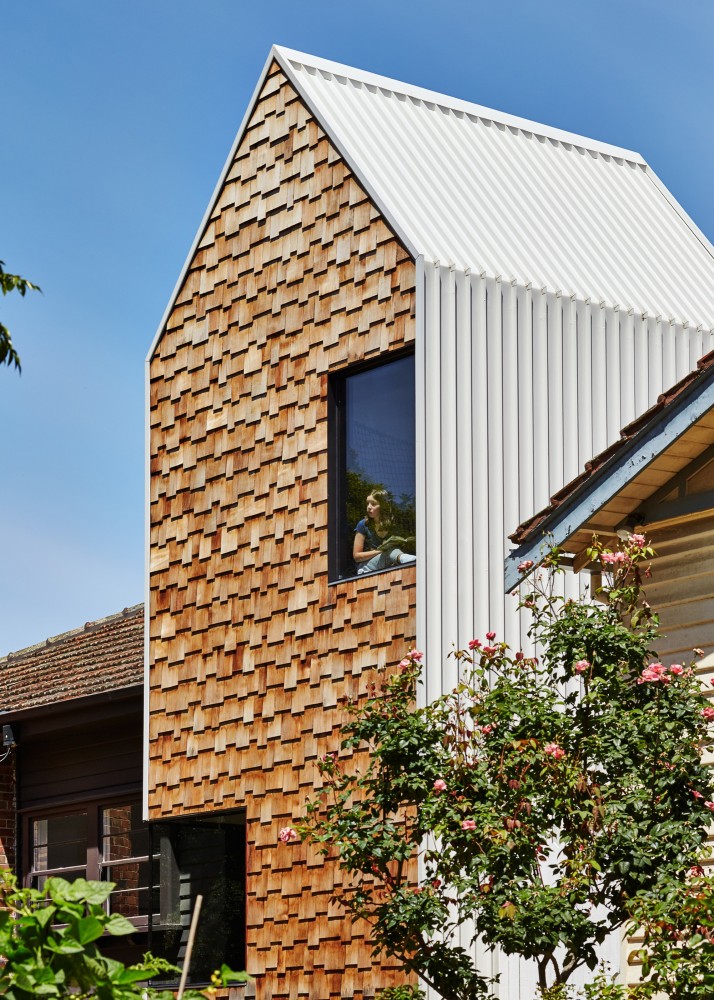There’s a reason you don’t feel comfortable letting the kids walk or ride to school. It’s because our sense of community has been eroded because of the design of our towns and suburbs. Many of our suburbs are filled with dead streets and homes locked away behind large fences or hidden behind triple garages. The more we turn away from the street, the more our sense of community erodes. And that affects our sense of safety…
Designing Your Home to Foster a Sense of Community
The importance of creating and engaging a sense of community is an idea often over-looked in the design of private family homes. It seems counter-intuitive — our homes are supposed to be a retreat, why would it need to be part of the community? But in reality homes that feel great to live in carefully balance the need for privacy with a connection to the street and the community. Here are four homes that are getting the balance right:
Local House
Local House balances the need for privacy with the needs of creating community. A screen over the upstairs bedroom is certainly decorative. It also lets in light and helps to make the bedroom feel private. Importantly, it's possible to walk up close to the screen and see what's going on in the backyard, or call out to the kids. This balance between connection and privacy is the key to good urban design and we need to see more of this on homes' street frontage.
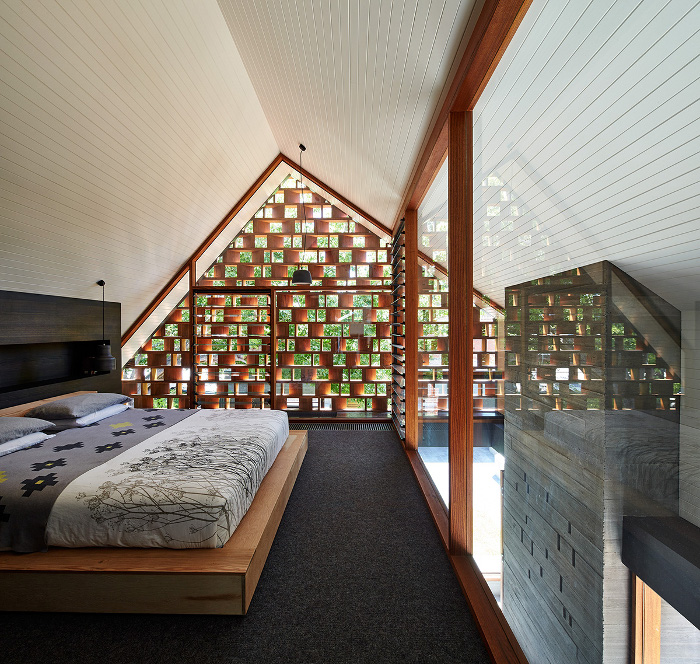
In the living area and backyard, the architects have created an atmosphere more like a local cafe than a regular home. Friends and family have a communal indoor/outdoor space in which to congregate.
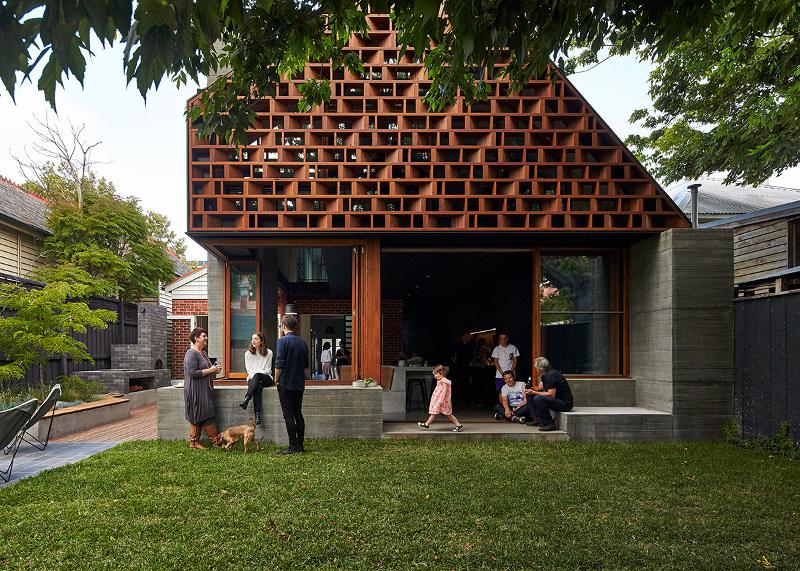
The rear studio also directly connects with a lane both visually and physically, which is a great way to make the lane feel safer. Urban planners talk about 'eyes on the street' and how the sense that someone might be watching leads to reductions in crime. This is a perfect example of creating spaces that promote eyes on the street.
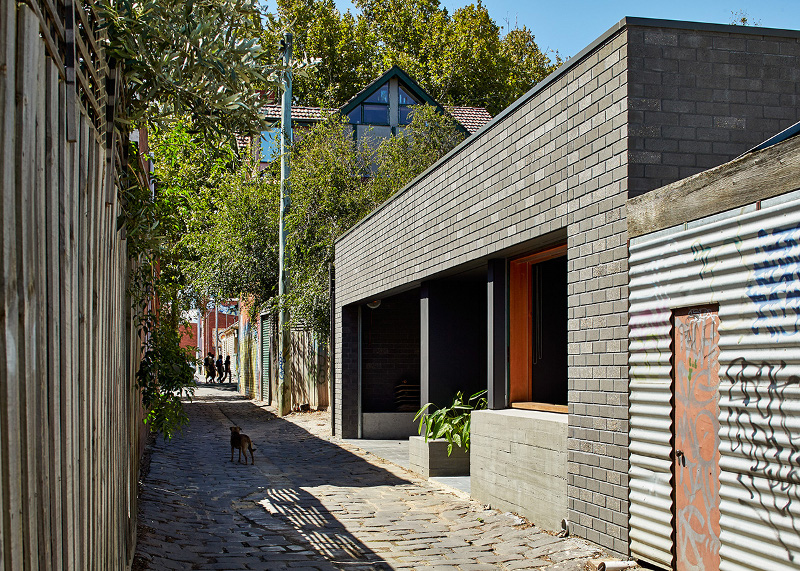
Marcus Beach House
At Marcus Beach House, the focus on community is concentrated on the community within the house itself. The deck is the heart of the house. Rooms open seamlessly onto the deck, which is essentially a double height outdoor room. The roof material is a translucent polycarbonate material which lets diffused light through, but keeps the deck dry.
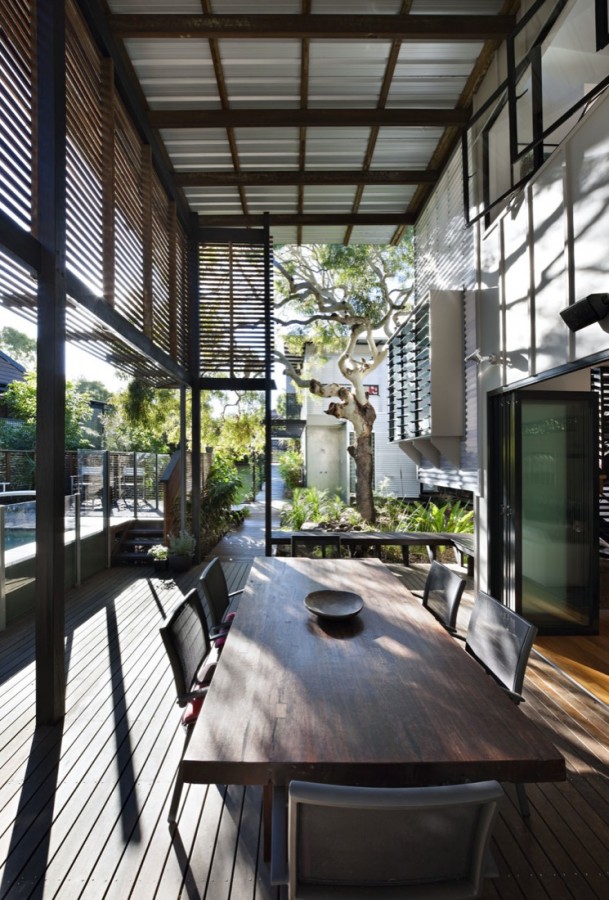
The connection between the deck and living spaces is dynamic and direct. As the heart of the house, the covered double height outdoor room is actively used all year round as dappled sunlight is filtered through a timber batten screen hung below the roof structure.
Read more about Marcus Beach House
Seaview House
Seaview House connects to the Barwon Heads community by opening directly to the street. The front fence is actually located behind the front 'gauze pavilion', leaving this gabled translucent box to straddle the threshold between public and private. Sitting in this informal entertaining space, you can greet passers-by on the street (as is common in coastal communities).
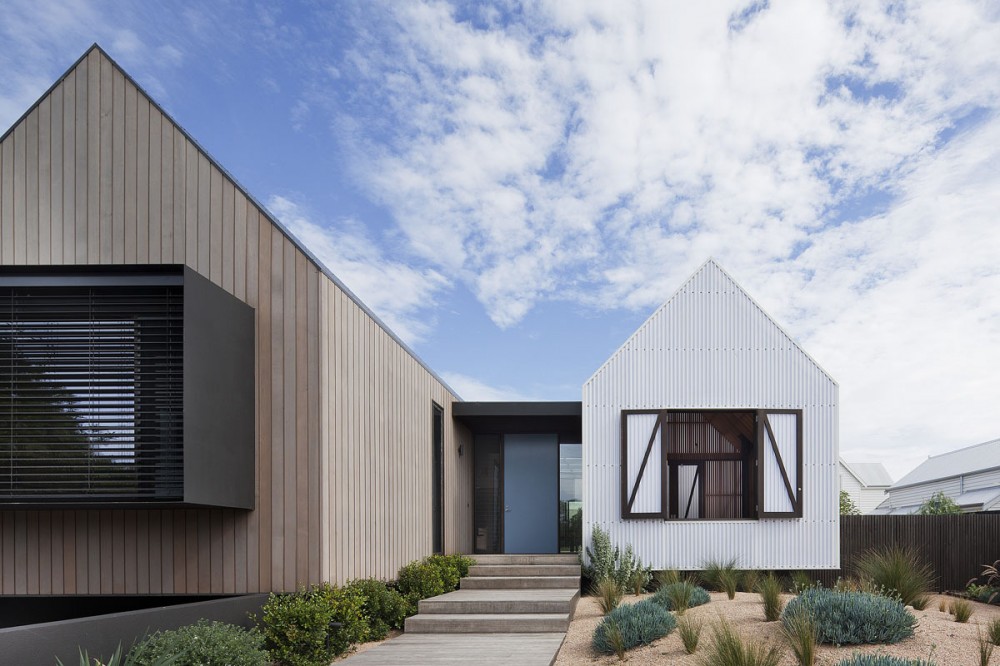
Tower House
Tower House creates its own community of smaller scale buildings, rather than one large extension. This is a respectful response to the neighbourhood and minimises the bulk of the new building.
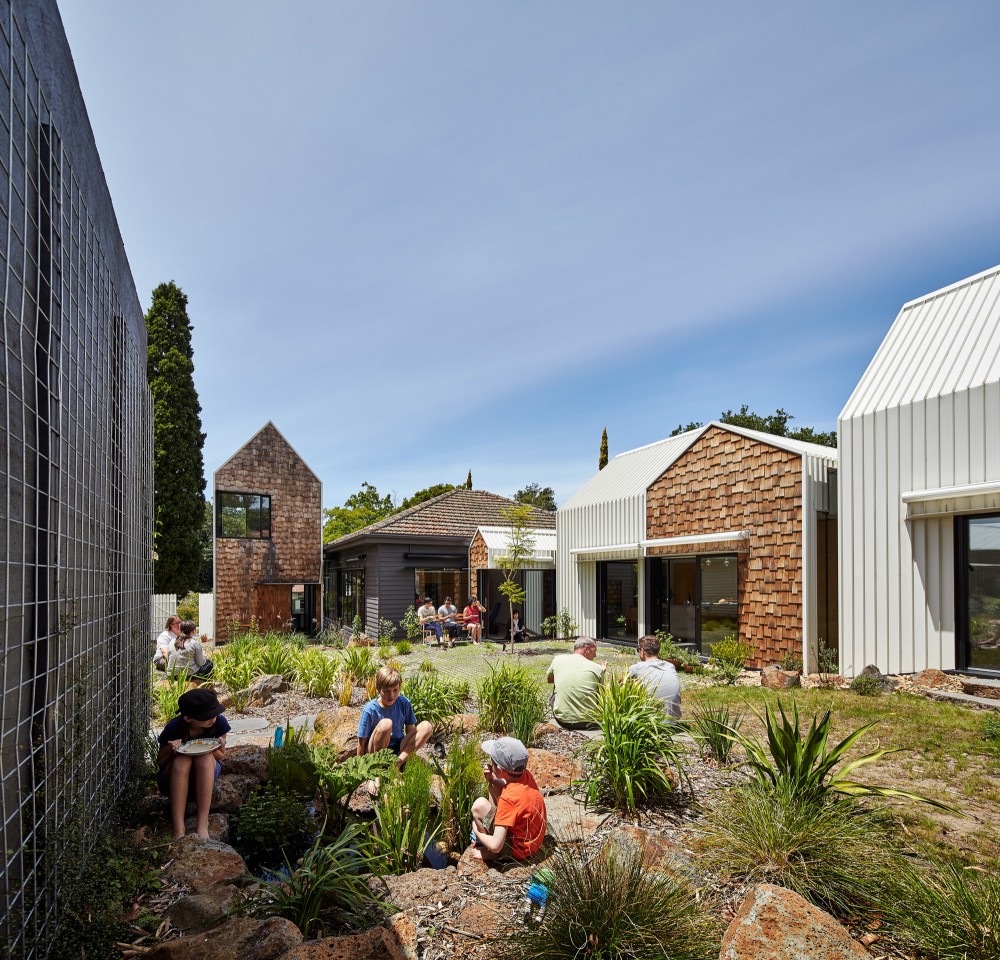
A generous window seat on the first floor of the street-facing tower creates a connection with passers-by below. This method of 'passive surveillance' helps to create a safer street and more connected communities.
